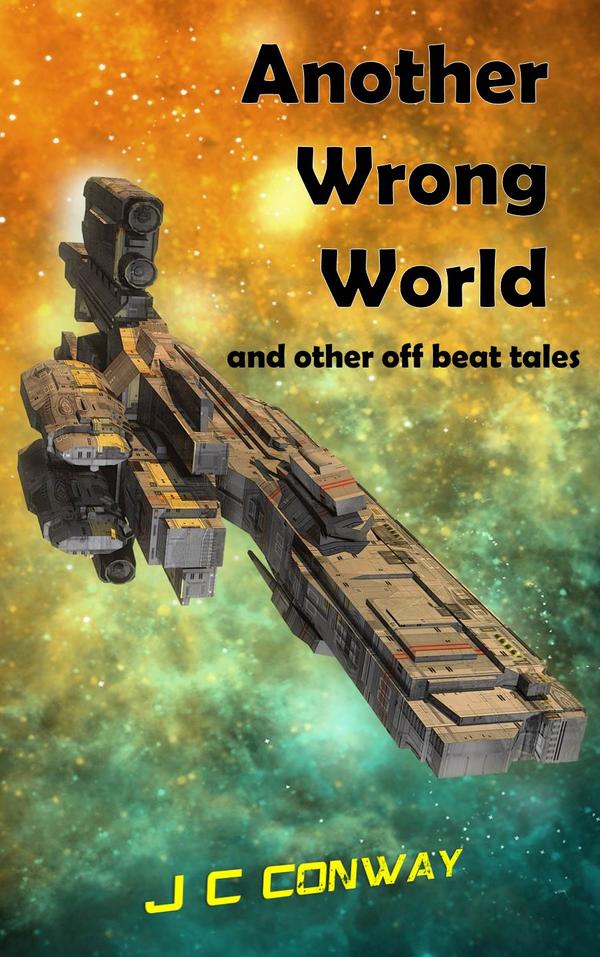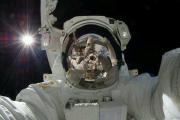I would love to go back to school. Not that I haven’t been fortunate enough to enjoy more than my share already. But there are still subjects I wish I knew better. I think if I could take yet another run at education, it would be time to really dive into physics. My math background is strong and I’ve spent decades considering the problems of physics for one reason or another. But I don’t have the training to make complete sense of all the figures and illustrations in academic papers.
Still, I can muddle through, and I feel fortunate to have a math and science foundation that is sufficient to permit that.
That brings us to “what next?” Some of the great advances of the past have followed breakthroughs that disregarded conventional wisdom about the fundamental nature of the universe. These arise from a conjunction of experimental data that does not fit established theories (e.g., Michelson-Morley‘s effort to detect the direction of the Aether) with theoretical re-inventing (e.g., what if the speed of light is the constant?). Force, gravity, light, the structure of an atom… all of these things are understood through tried and true theories that almost certainly are right, based on what we know, and are almost as certainly, based on our experience in the march of ideas from the dawn of man to now, completely dead-wrong if we advance our understanding and skip ahead a few hundred years.
So it is intriguing to consider, from time to time, the work of those pioneers that are challenging the fundamental presuppositions that underlie our present understanding, but which, in light of the facts, experimental data, and careful thinking, may be wrong–or at least needing a twist. (I know, there are pseudo-science theories all over the internet that pretend to do the same thing; but I’m talking about rigorous physicists standing firmly on the shoulders of giants and applying the scientific method.)
Here is one compilation of works that take a serious crack at questioning those fundamentals, while doing so with a vigorous scientific approach:
Super Physics for Super Technologies: Replacing Bohr, Heisenberg, Schrodinger & Einstein
 Super Physics for Super Technologies, by Benjamin T. Solomon [BSc (eng., Aston), MA Operations Research (Lancaster), MBS (Finance, Dublin)], is a series of examinations targeting fundamental assumptions based upon discrepancies between theories and known findings. Solomon is a member of the Nuclear and Future Flight Propulsion Technical Committee of the American Institute of Aeronautics & Astronautics, Chairman of the Zodus One Foundation, a non-profit organization for research into interstellar propulsion physics, and the author of, among other books, An Introduction to Gravity Modification, and the author of various articles, including Honda’s Gravity Modification Research (Huffington Post).
Super Physics for Super Technologies, by Benjamin T. Solomon [BSc (eng., Aston), MA Operations Research (Lancaster), MBS (Finance, Dublin)], is a series of examinations targeting fundamental assumptions based upon discrepancies between theories and known findings. Solomon is a member of the Nuclear and Future Flight Propulsion Technical Committee of the American Institute of Aeronautics & Astronautics, Chairman of the Zodus One Foundation, a non-profit organization for research into interstellar propulsion physics, and the author of, among other books, An Introduction to Gravity Modification, and the author of various articles, including Honda’s Gravity Modification Research (Huffington Post).
The objective of the book is described as follows:
This book, Super Physics for Super Technologies, proposes that a new physics exists. The findings are based on 16 years of extensive numerical modeling with empirical data, and therefore, both testable and irrefutable. The Need: In 2012 Prof. Nemiroff, using NASA’s Fermi Gamma-ray Space Telescope photographs, showed that quantum foam cannot exists. In 2013, Solomon invalidated exotic matter and all string theories. These have been reduced to mathematical conjecture. In 2015 the Kavli Foundation, with Prof. Efstathiou, Prof. Pryke, Prof. Steinhard discussed the issues with the Planck Space Telescope findings of a Universe that is significantly simpler than our theories. Therefore the need for new physics. The Benefits: The replacement of the Schrödinger wave function with a simpler probabilistic wave function, results in a new electron shell model based on the Rydberg equation, giving exact results with quantum mechanics; leading to a new Standard Model and the unification of photon shielding, transmission and invisibility as the same phenomenon. Solomon’s inference is that any current or future stealth technology can be neutralized. “Benjamin is the second researcher I have met who has tried to consider a non singular cosmology. The first was Cristi Stoica, whom I met in 2010”. Andrew Beckwith PhD










